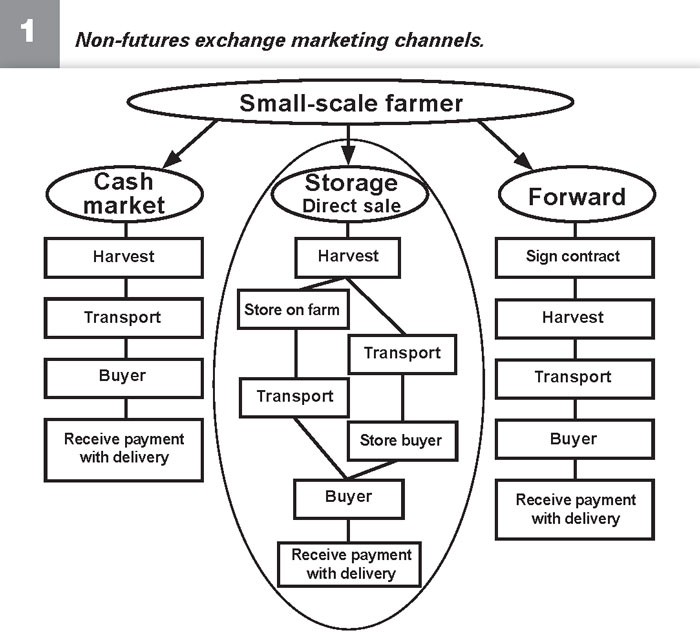February 2021
| Ikageng Maluleke, Agricultural Economist, Grain SA. Send an email to Ikageng@grainsa.co.za |
 |
Producers cannot control the weather, nor do they have any influence over the amount of volatility in the markets, therefore grain marketing is a key factor in farm profitability and managing risk.
The weather was favourable in most parts of the world for the 2019/2020 season, yielding good production. South Africa had a record crop last year and we are looking at another large crop this year. As a result, marketing is particularly important this year. It is also important that producers understand why and how marketing affects their risk management before jumping in.
Producers need to understand that a successful marketing strategy requires a commitment to a unique marketing plan, based on the farm’s individual needs. Crucial to success is active involvement in all aspects of marketing, that is gathering market information, analysing market trends, preparing a plan and putting the plan into action. There are various direct marketing channels available to producers, which can be divided into non-futures exchange and futures exchange marketing channels. This article will focus on the former and part two will focus on the latter.
NON-FUTURE EXCHANGE MARKETING
Cash market sales
These are places where grain can be marketed for cash directly after harvest without a contract. The buyers include a neighbour, local miller, a cooperative, grain traders or anyone else who is interested to buy grain. This maize can be sold either unprocessed or already milled to the buyer, in bags or bulk. Payment occurs when physical delivery takes place. Price is determined on a supply and demand basis in a specific region and can vary daily. It is important for producers to have access to Safex prices as well as advise from extension officers, mentors or other support structures.

Source: Former NDA
Storage
Storage is part of the marketing strategy a producer can use. The producer can either store the maize on his farm if he has storage facilities or at a nearby cooperative, but at a cost. Therefore, this strategy works well when prices are low and stocks can be stored to for sale at a later stage when prices are higher. This requires a producer to be informed about crop estimates and forecasts of prices. Storage and transport costs should be considered for this strategy. Interest also plays a big role in this strategy; the major cost of storing grain is the interest cost of either the money invested in the grain that could be invested elsewhere or in interest paid for the money borrowed to finance stored grain.
Forward contracts
While crops are still growing on the land, a producer can sell his or her produce by means of a forward contract. In order to secure certain quantities of maize, buyers make these contracts available on a need to basis. Buyers such as millers, cooperatives, feedlot and exporters make use of forward contracts. The price on the forward contract may also vary daily, depending on what is happening in the market. The holder of the forward contract can sell his or her produce for the applicable contract price, regardless of the prevailing price in the market on the day of harvest. Producers need to be aware of different contract specifications that may exists from different buyers.
Producers need to consider the following when dealing with forward contracts:
Marketing costs for non-futures exchange marketing
Transport forms the biggest part of a producer’s marketing costs and this varies according to distance, type of transport and quantity delivered. Even though the price can be attractive, transport costs could change things. Bulk transportation is usually cheaper compared to smaller loads, thus producers with smaller quantities can consider consolidating produce with their neighbours for deliveries. It is important that producers understand the payment conditions for the transport. Some buyers provide transport and then subtract the cost from the prices paid to producers. The price of maize is usually quoted as ex-silo prices, meaning that the producer needs to pay the silo cost.

Publication: February 2021
Section: Pula/Imvula